Beware!
I highly recommend pinning the image above to one of your Pinterest boards, as this will be a long read and you might want to return to it later.
We collected some very interesting information about natural and imitation pearls for you.
Read on, if you would like to know:
– how are cultivated pearls “created” on mussel-farms,
– who swallowed a pearl to win a wager,
– which European royalty wore pearls on his shoes,
– what do pearls symbolize,
– how to take care of pearls,
– why do we love glass pearls and what can you create using pearls?
We wrote this article with lots of love.
Enjoy reading!

Sign up to my newsletter if you don’t want to miss articles like this in the future:
#mc_embed_signup{background:#fff; clear:left; font:14px Helvetica,Arial,sans-serif; width:100%;}
/* Add your own Mailchimp form style overrides in your site stylesheet or in this style block.
We recommend moving this block and the preceding CSS link to the HEAD of your HTML file. */
#mc-embedded-subscribe-form input[type=checkbox]{display: inline; width: auto;margin-right: 10px;}
#mergeRow-gdpr {margin-top: 20px;}
#mergeRow-gdpr fieldset label {font-weight: normal;}
#mc-embedded-subscribe-form .mc_fieldset{border:none;min-height: 0px;padding-bottom:0px;}

“All art is autobiographical; the pearl is the oyster’s autobiography,” said Frederico Fellini.
Until the 20th-century pearls were one of the most (if not the most) valuable gems. They complement well with other shiny beads, but with their undeniable elegance, they stand alone too.
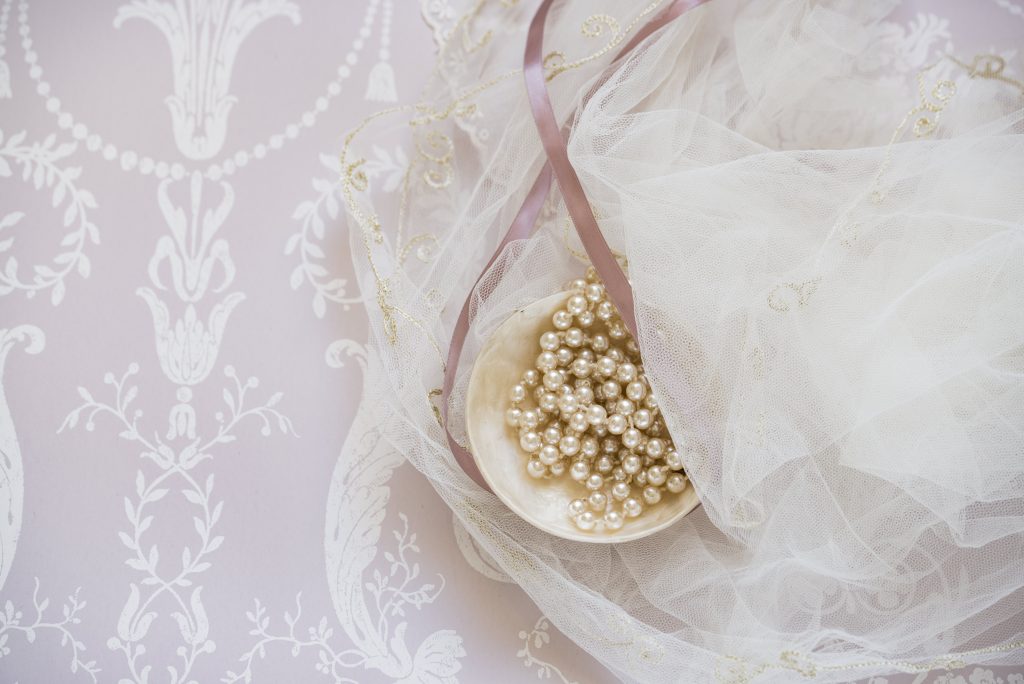
Something from the history of pearl-jewelry…
Did you know, that the Greek poet, Homer, used pearls for admiration in his poem Iliad “in three bright drops her glittering gem suspends from her ears” describing goddess Juno’s pearl earrings? The earliest archeological evidence for using pearls in jewelry was found in Susa (Iran). It comes from the 4. century B.C. and was found in the sarcophagi of a princess of Susa. Cleopatra was also described to wear a pair of valuable pearls in her ears and she’s thought to have swallowed one of them to show Marc Anthony, she could win a wager against him… Would you follow her example to show your devotion, or are pearls too precious to do that?
WIN A REMBRANDT BIRTHDAY CALENDAR AND 20 EURO SHOPPING CREDIT! Click here.
The rules of the Byzantine empire stated, that only the emperor was allowed to wear pearls. By the end of the 13. century, wearing jewelry became a sign of rank and the number of jewels worn increased. In the 14. century, the Italian trading cities were intensifying their contacts with the Eastern markets and pearls became more sufficient in quantity. Change in women’s hairstyles (updo), the popularity of low-necked dresses and the development of new techniques in jewelry-making served the pearls well.

With the end of the Middle Ages and the rise of the Renaissance (which meant an artistic and intellectual renewal), the upper class used every opportunity to manifest wealth and power – even by using extravagant jewelry. Furthermore, from newly discovered Americas saltwater pearls arrived in Europe even in a more intense way. From his third voyage, Columbus returned to his sponsors, King Ferdinand and Queen Isabella of Spain with 50 ounces (approx. 1.4 kg) of pearls. Pearls poured into Spain over the next years, with the king and queen financing and supporting many more expeditions, “in one year, over 320 kg (700 lbs.) of pearls arrived in the port of Seville alone.”

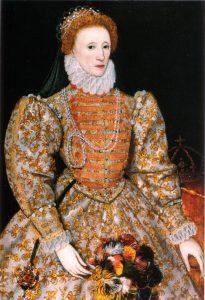
The 16. century in England was known as the Pearl Age. Henry VIII became famous for his love of personal pomp, he ordered his hats, coats, robes, and shoes (!) to ornate with pearls. The reign of his daughter, Elisabeth brought the pearls to their height of empowerment. She used the pearls and all they symbolized to demonstrate her strengths and regal status, as she didn´t want to appear weak in front of her contemporary male rulers as an unmarried woman. Thousands of pearls were sewn onto her gowns and removed again each time the garment was cleaned. In addition, she wore seven or even more ropes of large pearls.
During the Renaissance, the philosophy of Humanism meant returning to the human values, to the man himself. Pearls of different sizes and shapes were strategically placed to emphasize the anatomy and portions in a jewel, e.g. a person´s stomach, horse´s body, etc., when the artists created Greek Gods and Goddesses, animals, mermaids, sea monsters and other figurines.
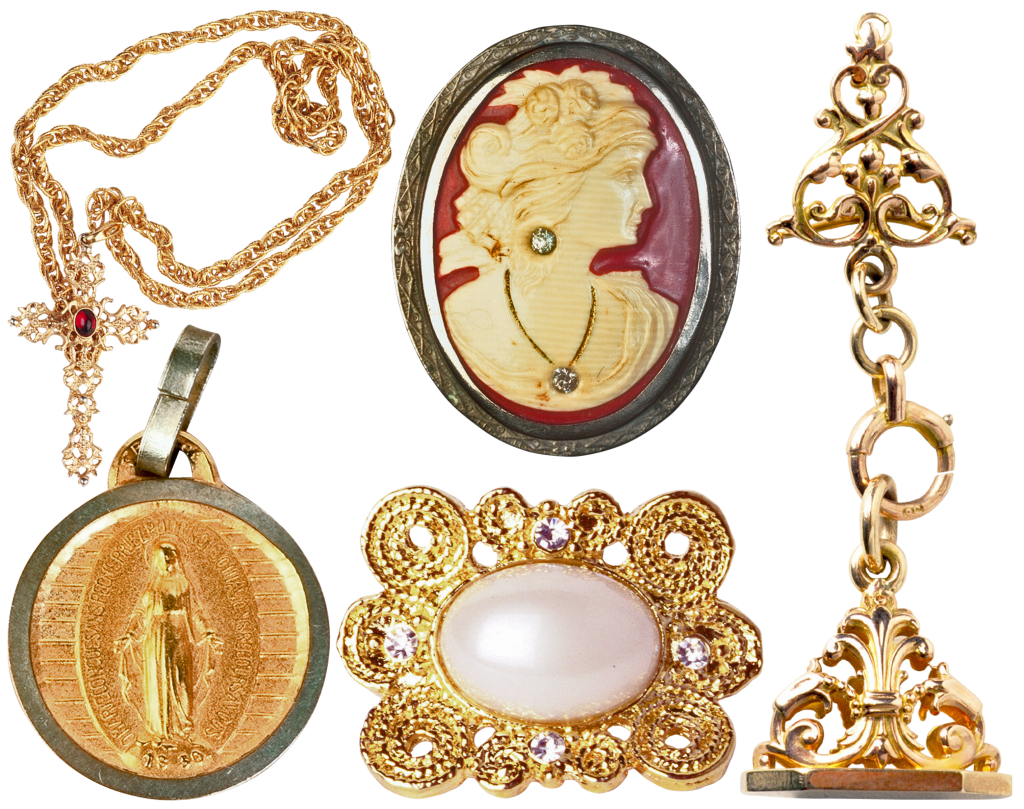
During the 17. century the use of pearls declined. Europe suffered under the 30-years-war, England was torn by the Civil War, there was no money for new explorations left and in America, the natives became hostile toward the explorers. In Spain, restrictions to jewel-wearing came into law and they even tried to forbid jewelry manufactury. It was only in the 19th century when pearls came back as chic again. At the beginning of the 19th century, the style became simpler with cameos being the most popular. Seed-pearl jewelry was also trendy, using tiny pearls from China and India turned into necklaces and earrings, most often bearing the shape of flowers. With France being occupied with politics, it was up to England to set the fashion-example to Europe, with the young (only 18 when crowned) Queen Victoria ascending the throne. She favoured a light, romantic style.
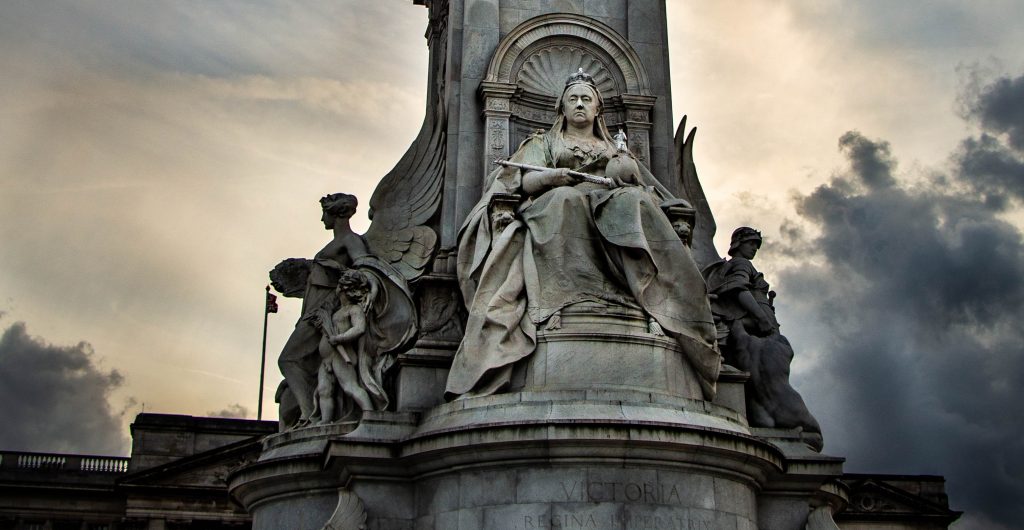
Later, after the death of Queen Victoria’s beloved husband, Albert, she went mourning and mourning-jewelry came into fashion, with the hair decorated with pearls symbolizing tears for the departed. “According to the World of Fashion in 1838, “Pearls are much in request with muslin robes, and it matters little whether they are mock or real” (Flower, 1951)” (https://www.gia.edu/doc/Pearl-Fashion-Through-the-Agesv.pdf) During the 19. century, freshwater pearls arrived either from the USA´s Mississippi river or from Scotland. The middle class started to earn more, and the wearing of jewelry became fashionable for all ages of women even for everyday life.

By the beginning of the 20th century, many forms and types of jewelry were “in”. Speed was important – with cars and planes appearing instead of horses, the artwork was abstract, women became more independent, and the slim look was emphasized by long pearl earrings. Once in the 1900s the way of creating the pearls on mussel-farms was discovered, pearls became more accessible and weren´t the privilege only of the wealthy anymore. The Great Depression in the 1930´s reduced spendings on jewelry, World War II also exhausted the world and pearls returned to the stage of fashion only later. “Their luminous sheen and rich luster are as attractive to modern men and women as they were to their earliest ancestors. (…) Despite their fragility, some of these precious pearl treasures have withstood the rigors of time, testimony to the creativity and skill of craftsmen throughout the ages”. (https://www.gia.edu/doc/Pearl-Fashion-Through-the-Agesv.pdf)

Read more about pearls!
Sign up to my newsletter if you don’t want to miss articles like this in the future:
#mc_embed_signup{background:#fff; clear:left; font:14px Helvetica,Arial,sans-serif; width:100%;}
/* Add your own Mailchimp form style overrides in your site stylesheet or in this style block.
We recommend moving this block and the preceding CSS link to the HEAD of your HTML file. */
#mc-embedded-subscribe-form input[type=checkbox]{display: inline; width: auto;margin-right: 10px;}
#mergeRow-gdpr {margin-top: 20px;}
#mergeRow-gdpr fieldset label {font-weight: normal;}
#mc-embedded-subscribe-form .mc_fieldset{border:none;min-height: 0px;padding-bottom:0px;}

References:
https://www.gia.edu/doc/Pearl-Fashion-Through-the-Agesv.pdf
https://en.wikipedia.org/wiki/Cultured_pearl
https://en.wikipedia.org/wiki/Imitation_pearl
https://www.gemsociety.org/article/history-legend-pearls-gems-yore/
https://bellatory.com/fashion-accessories/pearl-myth
https://www.brilliantearth.com/news/the-history-and-symbolism-of-pearl-jewelry/
https://www.facetjewelrybox.com/everything-you-need-to-know-about-pearls/
https://pacificpearls.com/the-symbolism-of-pearls/
https://www.facetjewelrybox.com/everything-you-need-to-know-about-pearls/
With the exception of Storytelling Jewelry and unless otherwise stated, photos are free stock images from Pixabay.



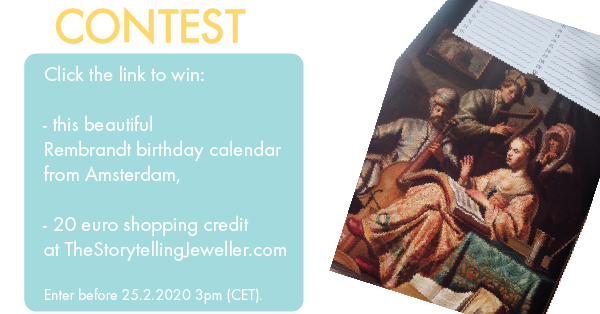
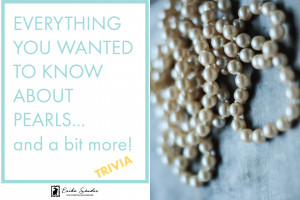
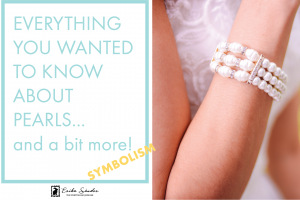
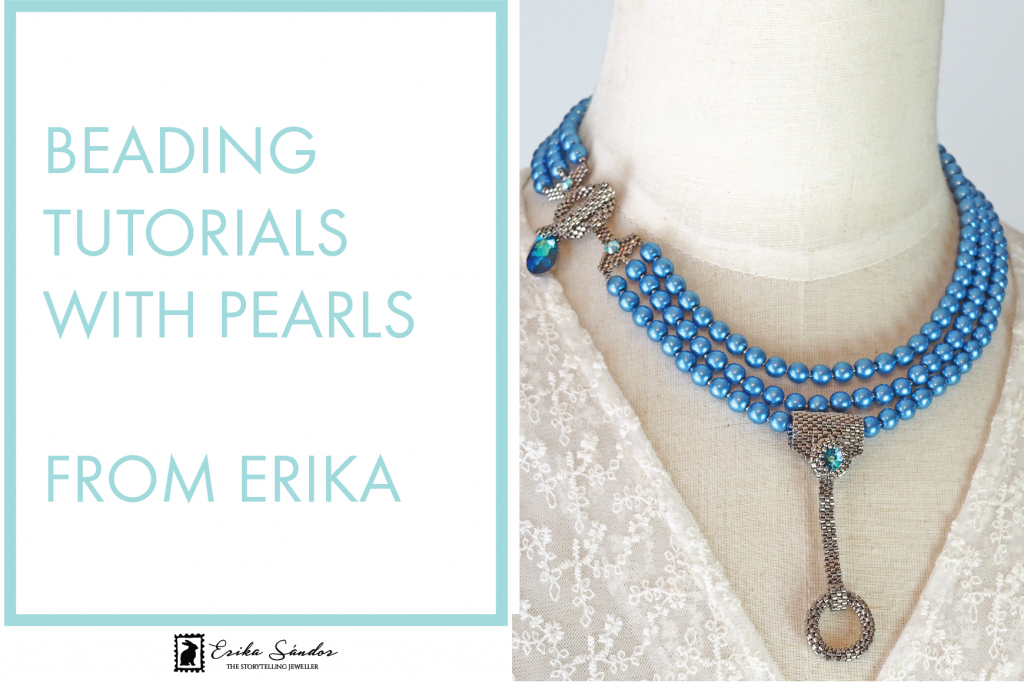

Thank you for sharing your pattern. Beautiful.
Kathy Finan
[email protected]